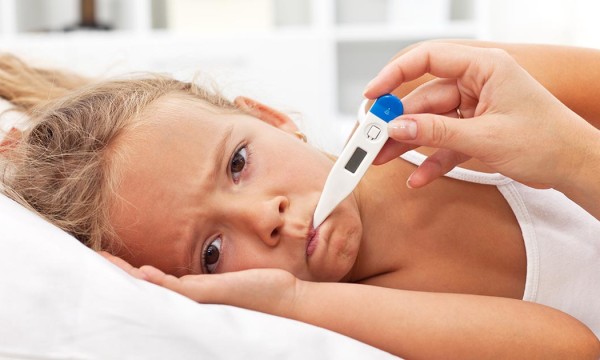Domestic exposure to formaldehyde significantly increases the risk of asthma in young children
Published in:
European Respiratory Journal
Concern has arisen in recent years about indoor air pollution as a risk factor for asthma. Formaldehyde exposure was examined in relation to asthma among young children (between 6 months and 3 yrs old) in a population-based control study carried out in Perth, Western Australia, between 1997-1999. An association between exposure to formaldehyde and asthma in young children has been suggested. Cases (n=88), whose parents were recruited at Princess Margaret Hospital Accident and Emergency Dept (Perth, Western Australia), were children discharged with asthma as the primary diagnosis. Controls (n=104), who were children in the same age group without asthma diagnosed by a doctor, were identified from birth records through the Health Dept of Western Australia (Perth, Western Australia). Health outcomes for the children were studied using a respiratory questionnaire and skin-prick tests. Formaldehyde, average temperature and relative humidity were measured on two occasions, winter (July-September 1998) and summer (December 1998-March 1999) in the child’s bedroom and in the living room. The study found seasonal differences in formaldehyde levels in the children’s bedrooms and living rooms with significantly greater formaldehyde exposure during the summer period for case and control subjects. The generalised estimating equation model showed that children exposed to formaldehyde levels of > or = 60 microg x m(-3) are at increased risk of having asthma. The results suggest that domestic exposure to formaldehyde increases the risk of childhood asthma.






